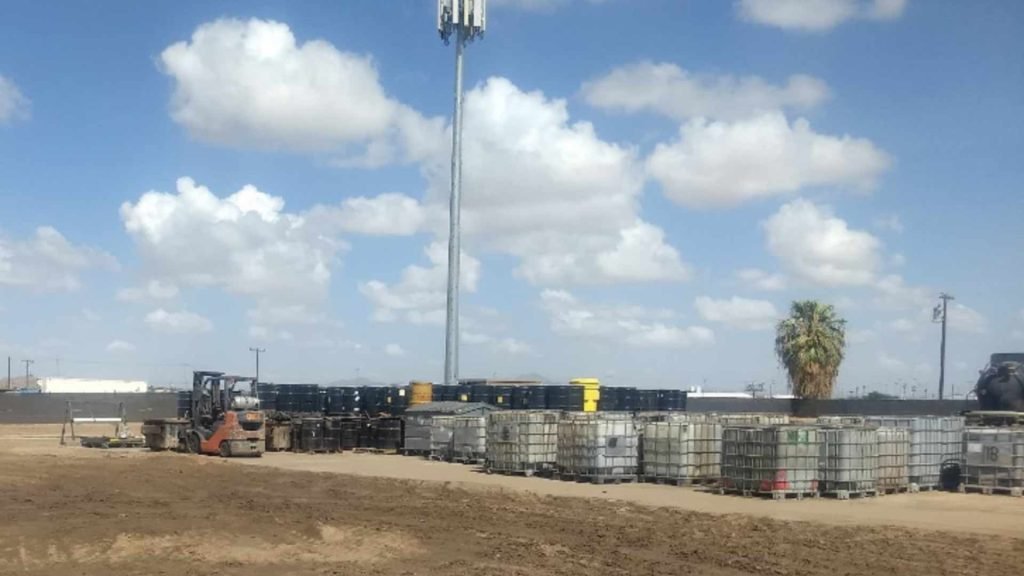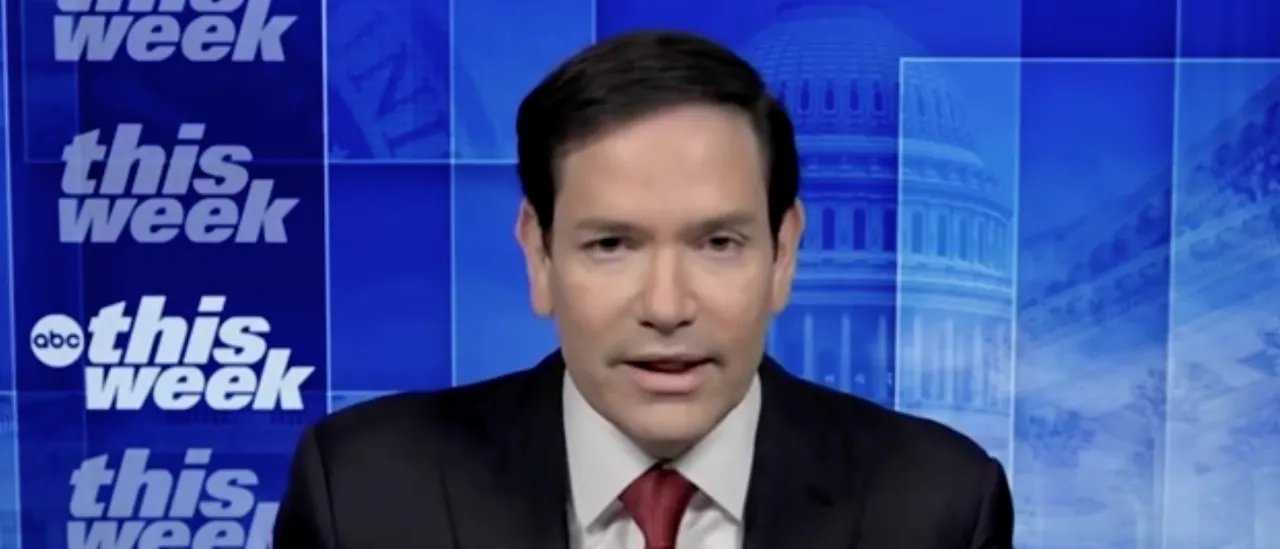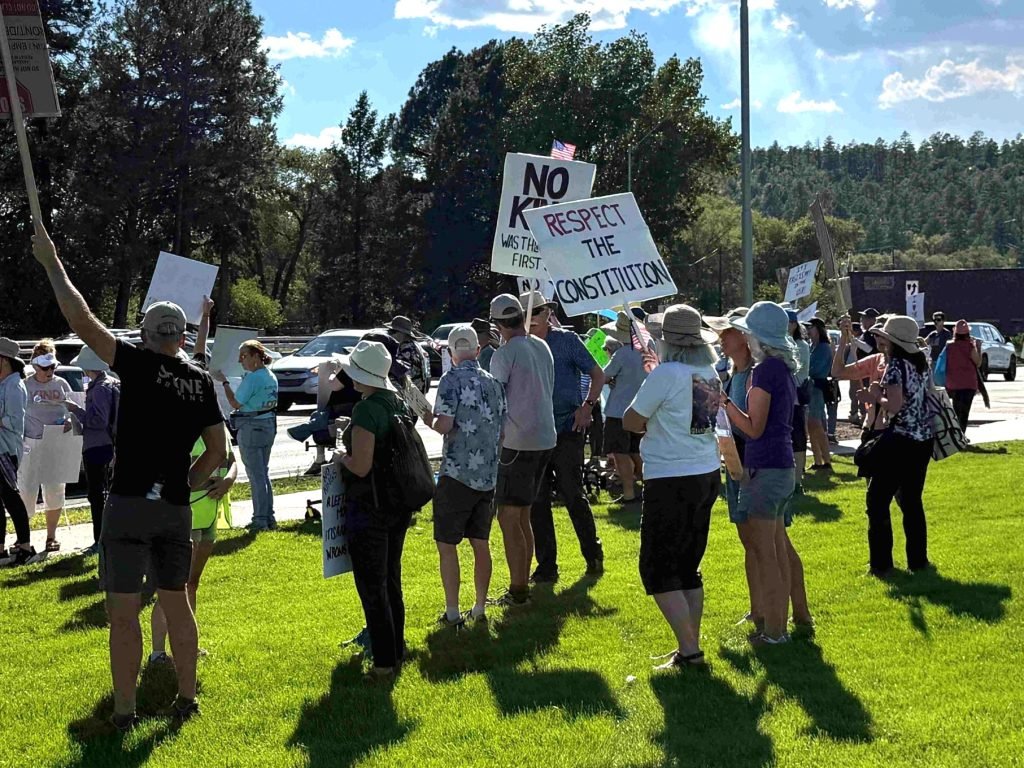More than 4,300 people have signed an online petition to block the Yuma Waste Company’s proposal to begin managing hazardous materials, weeks before Yuma County officials plan to vote on the company’s special use permit.
If the Yuma County Board of Supervisors approves the permit at its August 7 meeting, AA Sydcol, an environmental services company based in Yuma County, will be authorized to process hazardous materials.
Many Yuma residents are concerned about the potential for air, land, and water contamination from toxic chemicals, especially since the Yuma Palms Mall, farmlands, and residential subdivisions are so close to the property, and the county has implemented this measure. They want to block the approval of the proposal.
Yuman and others say it’s no surprise that the city has developed a reputation as a dumping ground over the years, especially in California.
Supervisor Jonathan Lines said he was well aware of community concerns.
“I’ve heard that probably 150 different residents of Yuma have expressed concern, primarily that Yuma has become a dumping ground for California’s waste,” Lines said. “And we don’t want to be known as such.”
But Rhine also said he would like to learn more from both sides.
In a special permit application filed on January 7, Sidkol asked the county to allow hazardous waste treatment and storage on the 4.75-acre land where a solid waste transfer facility is currently located. .
In September 2022, the Arizona Department of Environmental Quality approved a permit allowing the company to handle and store hazardous waste. The Yuma County Planning and Zoning Commission has given initial approval for special use permits, but the final decision will be made by the Yuma County Supervisory Board.
Some of the waste comes from California and contains chemicals like acetone, butanone, and methanol—all flammable liquids—and potentially explosive benzene, according to the U.S. Centers for Disease Control and Prevention.
Yuma County resident John Adriatico, who launched the petition on July 7, said hundreds of thousands of gallons of hazardous material would flow into Yuma, much of which would be produced in California.
“No one in Yuma County is getting this benefit, only Sidcor owner Charles Templar, who lives in California,” Adriatico said. “And I want the people of Yuma County to know that this is not the place and that there is something here that threatens our health.”
According to ADEQ’s draft permit, the hazardous waste limit for this facility will be 176,660 gallons.
Templar said the company was hesitant to give a percentage of how much waste would come out of California if the state approved a special use permit.
He said non-hazardous waste from California currently makes up a “substantial proportion” of the company’s business, but if the permit is approved, much of the hazardous waste will come from local sources. added.
“We’ve already received some unregulated waste from the Yuma military base, but we expect that amount to increase if we can receive hazardous materials,” Templar said in a telephone interview. said.
“We would like to be able to accept waste from large generators in Yuma, including military bases in Yuma City, Yuma County. However, most of the waste is expected to be generated locally.”
Templar also said the Pentagon has approved Sidkol as a waste facility for military use, so the company may eventually accept waste from other states in addition to California and Arizona. .
The Yuma Planning Zoning Commission approved the Special Use Permit at its April 25 meeting. However, according to KYMA news reports, the meeting was met with resistance from the local community.
When the oversight committee met to vote on the issue on June 5, it met with further resistance from Yuma residents. KYMA reports that Sydcol has requested that the decision be postponed until August 7 so that the company can address community concerns.
The Zoning Commission said the proposed development would not significantly affect or endanger public health and safety, but the potential danger of catastrophic toxic release. admitted. According to staff reports to the commission, such disasters can contaminate water supply, irrigation and sewage systems and would require shutdown of these facilities.
The zoning commission, citing the 2030 Yuma County Comprehensive Plan, said Yuma County is in a high earthquake risk area. An earthquake could cause structural damage to hazardous waste facilities, release multiple toxic substances and “catastrophic response problems,” according to the report.
The region is also at high risk of liquefaction, when ground shaking caused by earthquakes turns soil into a liquid, the report said.
Most of the land plots surrounding the facility are used for industrial means such as junkyards, auto repair shops, waste and recycling operations. These will not affect the facility’s day-to-day operations, according to the report. However, the parcel north of the facility is designated as “primary farmland” by the USDA. There are also several homes to the east, southeast, and south of the facility, all of which could be affected if hazardous materials were released.
Yuma provides agriculture for much of the United States and is known as the winter vegetable capital of the world.
According to Visit Yuma, about 90% of the leafy greens grown in the US from November to March are grown in and around Yuma.
The city also overlooks the Colorado River, the source of water for 40 million Americans and Mexicans, according to the Utah Department of Natural Resources.
In the event of a disaster at your facility, firefighters may be the first responders. KYMA reports that the Local Metro Fire Department and the City of Yuma Fire Department have publicly opposed the approval of the permit. A City Planning Commission staff report said the facility is within six minutes of Rural Metro’s response time, which is three miles away.
“This is the wrong place. In the event of a release, raid, or worse, the Yuma City Fire Department will almost certainly be called upon to protect the public from the dangers that exist there,” said the Yuma City Fire Department. Official Kayla Franklin said in a statement. “Responding to hazardous materials incidents is inherently difficult, and even more difficult in densely populated areas.”
Sidcor has been operating in Yuma since 2005, but moved to its current location in Yuma County in 2018, Templar said. According to Census reporters, Yuma County is home to more than 200,000 residents.
Sidcor, which now operates, accepts non-hazardous waste in small containers, accumulates it in larger shipments and sends it to local landfills, Templar said in a July 14 radio interview.
In 2011, the company agreed to pay a $30,000 fine for a “hazardous waste violation,” according to a statement from ADEQ. The statement said employees were burning materials in open metal pans to conduct “open flame flammability” tests, but this was not proper procedure.
The agency mailed notices to facilities within 300 feet of the hazardous waste facility, the City of Yuma, and relevant agencies and stakeholders, according to the Zoning Commission’s report. However, the March report noted that officials had not received comments from residents of the notification zone.
Now the entire community members are organizing.
Yuma residents gathered at Lute’s Casino earlier this month to organize a protest.
“The Lute casino was packed and attendance exceeded our expectations,” Adriatico said.
Adriatico said he will submit the petition to the board on August 7. The signatories plead with the board to deny Sidcol’s permit application, arguing that no hazardous materials should be transported, stored, or processed in Yuma County.
Adriatico, who lives in Welton, Yuma County, said she works for the state as a developmental disability coordinator. He had never organized a campaign like this before, but when he heard Sidkol’s proposal on the news, he jumped into action. Realizing that there was no organized effort to stop it, he drew up a petition.
“I decided to create a Facebook group and a petition because I was really afraid that this would slip through the people of Yuma if we didn’t come together. I thought it was a very real possibility,” Adriatico said.
He called on Yuman residents to contact the oversight board and make their voices heard.
Caitlin Breson, 27, has been a lifelong Yuma resident and has been working in Yuma County since 2014. She started an Instagram awareness page @actionableyumacounty on the issue after a director’s meeting in June.
“We’re a small city or county within Arizona, so it’s really nice to see communities coming together and taking an interest in what could potentially have a negative impact on Yuma County. ‘ said Bresson. “This is not the only waste problem that California has created these days, but there are many more.”
Yuma County Supervisor Line said the commission has a lot to consider.
“We don’t want to jeopardize our pristine agricultural base,” he said. “And when I spoke with Rural Metro and the Yuma Fire Department, they expressed concern. ”







